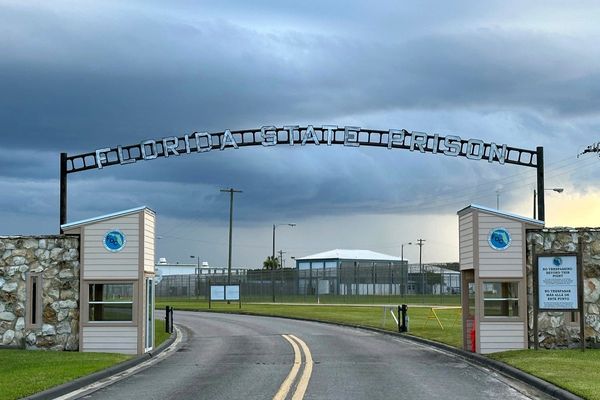Beach prospectors have uncovered rare, 366-year-old pieces of ammunition believed to have been carried ashore by the missing survivors of a 1656 shipwreck.
The "bolo" musket balls, found on a West Australian beach, provide a clue to historians about where 68 people may have made camp before they mysteriously vanished.
On April 28, 1656, the Dutch East India ship Vergulde Draeck, known as the Gilt Dragon, struck a reef and sunk 70 kilometres north of where Perth is today.
She was laden with cargo and eight chests of silver coins, and was bound for Batavia, the then-capital of the Dutch East Indies which is present-day Jakarta, Indonesia.
While the shipwreck and most of her treasure have since been discovered, mystery surrounds the fate of some of the survivors.
Seven of the 75 people who made it to shore sailed in a small boat to get help.
When rescuers arrived, the 68 people they had left on the beach had disappeared, seemingly without a trace.
Perhaps, until now.
A significant clue
Leon Pule and Hanneley Tredoux were camping and prospecting along the coast earlier this year when their detector started beeping.
"I don't think we realised what we were getting as we were digging them up. I think we were just lucky hitting that spot," Ms Tredoux said.
The wired musket "bolo" balls were used in the 16th century to rip through ship sails, forcing the ship to stop and inflicting a lot of damage on anybody in the way.
Archaeologist, author and historian Bob Sheppard said the beachcombing discovery of the musket balls was "hugely significant" in the Gilt Dragon story, and provided another clue in the puzzle of what happened to the survivors.
"There's been other finds out in the ocean, but this is the most significant coastal find since the Edwards coins find in 1931," he said.
According to Dutch records, the survivors were camped in one place for about a week while the small boat sailed off to get help.
"From that point on we don't know what happened to them," Mr Sheppard said.
"Somewhere along here is the main camp, and I think these musket balls are a clue to that location.
"[It was an] amazing bit of history just sitting there."
Mr Sheppard said the balls were typically loaded into a small deck gun with a powder charge and then fired.
"The two balls would separate on the spring and they'd spin, and they would just chop you to pieces. They were absolutely horrible, lethal things," he said.
"It would be the sort of thing you'd carry on a small boat if you were doing a shore patrol."
"Here we are decades later, and that just goes to show what can be hidden along this section of the coast … it's just amazing."
Shifting sands keep secrets
Returning to the spot where the musket balls were found, Mr Pule and Ms Tredoux said the shoreline looked completely different from when they made the discovery.
"We wouldn't have detected here if it looked like it does today," Ms Tredoux said.
"There was a lot more sand here when we were detecting.
"I really think there might be some more stuff here now that all the sand is gone."
Mr Sheppard has written a book titled Chasing the Dragon's Tale: The Vergulde Draeck Story, and has been regularly visiting the coast. He said it was constantly changing.
"In the winter you get rocks that are bare and exposed and then in the summer they are covered up by two or three metres of sand," he said.
"So, things are hidden, and then they're not hidden."
Watch 7.30, Mondays to Thursdays at 7:30pm on ABC iview and ABC TV







